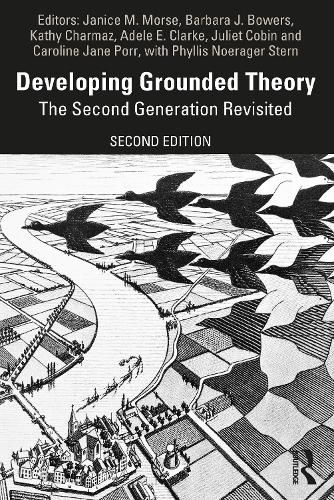Readings Newsletter
Become a Readings Member to make your shopping experience even easier.
Sign in or sign up for free!
You’re not far away from qualifying for FREE standard shipping within Australia
You’ve qualified for FREE standard shipping within Australia
The cart is loading…






Developing Grounded Theory: The Second Generation Revisited is a highly accessible description of the rapid development of grounded theories and the latest developments in grounded theory methods.
A succinct overview of the development of grounded theory is provided, including the similarities and differences between Glaserian and Straussian grounded theory. The method introduced by Schatzman, and the development of Charmaz’s constructivist grounded theory and Clarke’s situational analysis, are clearly presented. The book is divided into seven sections: each type of grounded theory is discussed by the developer (or their student), followed by a chapter describing a project that used that particular type of grounded theory. Bookending these chapters is the first chapter, which describes the development and landscape of grounded theory, and a final chapter describing the challenges to the future of grounded theory.
This book is ideally suited for beginning students trying to come to grips with the field as well as more advanced researchers attempting to delineate the major types of grounded theory.
$9.00 standard shipping within Australia
FREE standard shipping within Australia for orders over $100.00
Express & International shipping calculated at checkout
Developing Grounded Theory: The Second Generation Revisited is a highly accessible description of the rapid development of grounded theories and the latest developments in grounded theory methods.
A succinct overview of the development of grounded theory is provided, including the similarities and differences between Glaserian and Straussian grounded theory. The method introduced by Schatzman, and the development of Charmaz’s constructivist grounded theory and Clarke’s situational analysis, are clearly presented. The book is divided into seven sections: each type of grounded theory is discussed by the developer (or their student), followed by a chapter describing a project that used that particular type of grounded theory. Bookending these chapters is the first chapter, which describes the development and landscape of grounded theory, and a final chapter describing the challenges to the future of grounded theory.
This book is ideally suited for beginning students trying to come to grips with the field as well as more advanced researchers attempting to delineate the major types of grounded theory.